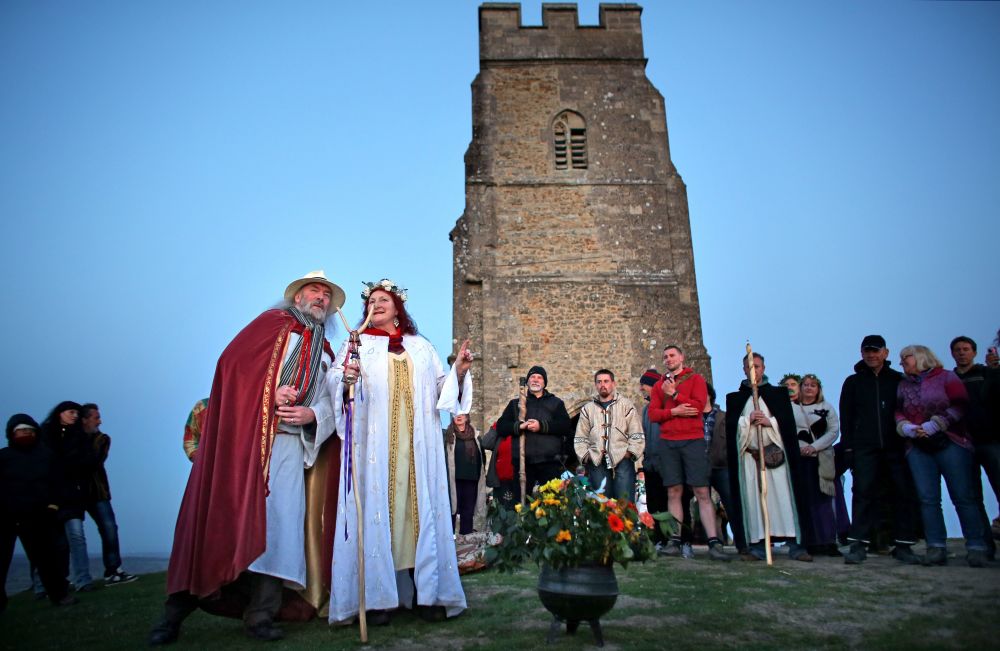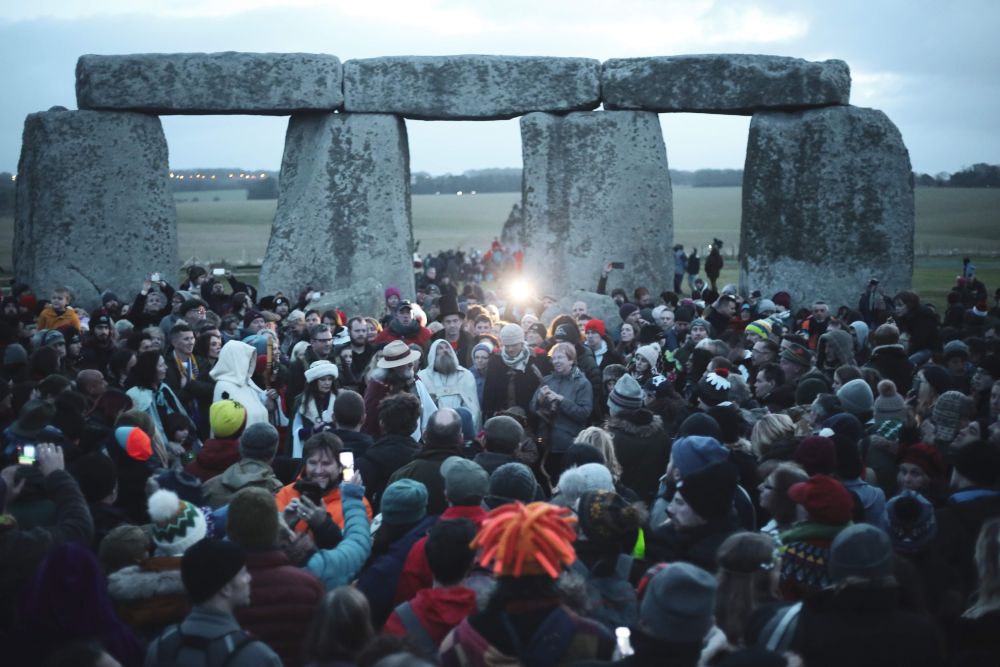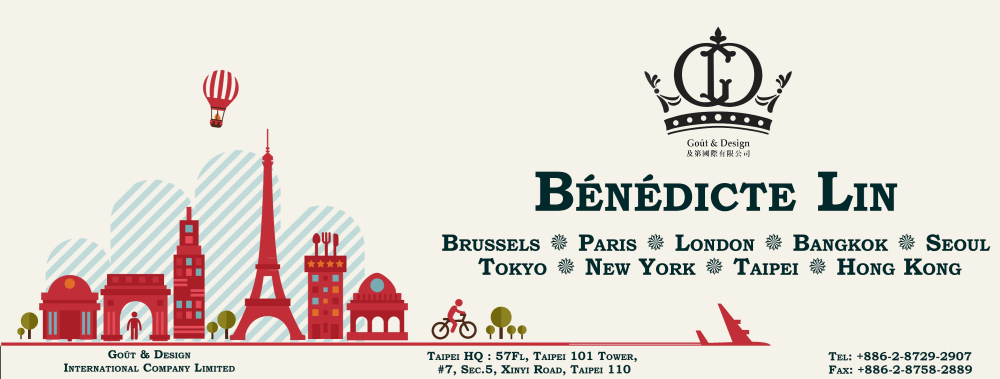Modern paganism today spans a spectrum of paths inspired by pre-Christian traditions, folklore and ethnographic sources. Some practitioners meticulously reconstruct Norse, Celtic or Greco-Roman rites, while others craft eclectic blends of pantheons, magical techniques and modern philosophies. This flexibility allows individuals to forge spiritual identities aligned with environmental ethics and inclusive values, making paganism an appealing choice for those seeking personal meaning

In the United States, pagans and Wiccans remain a small but notable minority. The most recent Pew Research Center Religious Landscape Study reports that 0.3 percent of American adults—about 985,000 people—now identify with pagan or Wiccan faiths, a figure that has held steady since 2014 despite broader declines in traditional religious affiliation

Across the United Kingdom, official census data reflect a parallel resurgence. In the 2021 England and Wales census, 74,000 people declared themselves pagan—up 17,000 since 2011—and experts caution that social stigma likely means even more adherents go uncounted

Institutional recognition has followed grassroots growth. In 2007 the U.S. Department of Veterans Affairs approved the Wiccan pentacle as an official headstone emblem, and a decade later the Department of Defense added Heathen and Pagan faith codes to its roster of recognized religions. These steps mark significant progress toward accommodating pagan veterans and service members within national institutions

#Paganism #ModernPagan #Wicca #Spirituality #Religion
